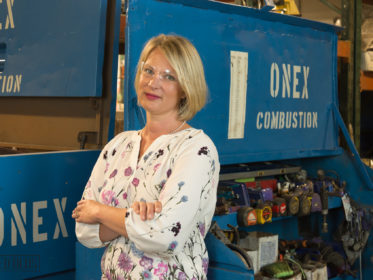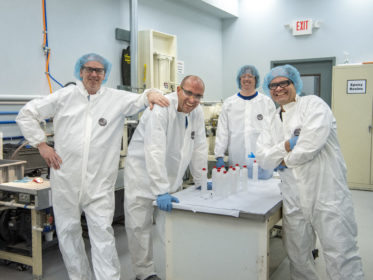
According to Kevin McPhillips, Executive Director/CEO of non-profit Pennsylvania Center for Employee Ownership (PaCEO), ESOPs aren’t that well-known by the general population.
Employee ownership is a business model in which employees own shares of the business stock. The owner/s sell all or a portion of the business to employees (at no cost to them). The resulting shares are held in trust until they leave the company or retire.
ESOPs are a unique plan that can be used in various ways: as a flexible, tax-advantaged tool for business succession; a way for the owner to take some money off the table; a way to create an internal market for company stock; or as a retirement plan that holds company stock in a trust for the benefit of employees.
Congress passed The Employee Retirement Income Security Act of 1974, a huge body of law that covers 401(k) and other retirement information. Tucked into the Act were ESOPs.
“Congress was concerned about the retirement of individuals,” says Kevin. “Senator Russell Long (D-LA) and economist Lewis Kelso wanted a deferred-tax program that would allow business growth and also address the retirement concerns of workers. When employees leave an employee-owned business via retirement or otherwise, they may cash in their shares of the business and pay ordinary income, just like a 401(k).
“The ESOP is a partnership between government, people, and businesses.”
Kevin adds that most ESOPs in the U.S. (approximately 5,500) are closely held, family-owned businesses. Manufacturers comprise 22% of ESOPs, engineering and construction 18%.
Your company can be structured as an S-Corp or C-Corp. If you’re a C-Corp and sell to your employees, you pay zero capital gains on the transfer. Once you sell the business, you can convert it to an S-Corp and take the tax break.
Kevin says the following thresholds exist for determining if an ESOP is right for you:
20 or more employees – Department of Labor regulations stipulate that no one person can own 10% of the business. Becoming an employee-owned business also involves costs; fewer than 20 employees isn’t enough to cover costs, including the annual cost of business valuation.
Business must be profitable – An ESOP isn’t an alternative to bankruptcy.
Must have a positive culture – If a toxic environment exists between management and employees, then your company is not a good candidate for an ESOP.
Benefits
“Employee ownership keeps businesses and jobs in-state and builds community wealth. An ESOP makes a fantastic succession tool and is an attractive alternative to selling to a private equity firm or another outside buyer,” says Kevin.
Employee-owned companies increase sales by about 2.4% per year and have an 8% increase in productivity during the year the ESOP is adopted and 25% higher job growth over a 10 year period.
Find an ESOP center in your state
Currently, eight states have an ESOP center. Kevin says that if you’d like to learn more, contact him directly and he can connect you with your state’s center or with the The National Center for Employee Ownership, or NCEO.
Sums up Kevin, “ESOPs reward owners handsomely, preserve the owner’s legacy, and change lives for the better, both employees and owners. Yet so few know about it. That’s why the Pennsylvania Center for Employee Ownership exists. We’re here to change lives.”
Visit the Pennsylvania Center for Employee Ownership at ownershippennsylvania.org or email Kevin McPhillips at kevin@paceo.org.
And, be sure to read the piece about how Ashleigh Walters, CEO of Onex, worked with Kevin McPhillips, to make her company employee-owned. Read now.




